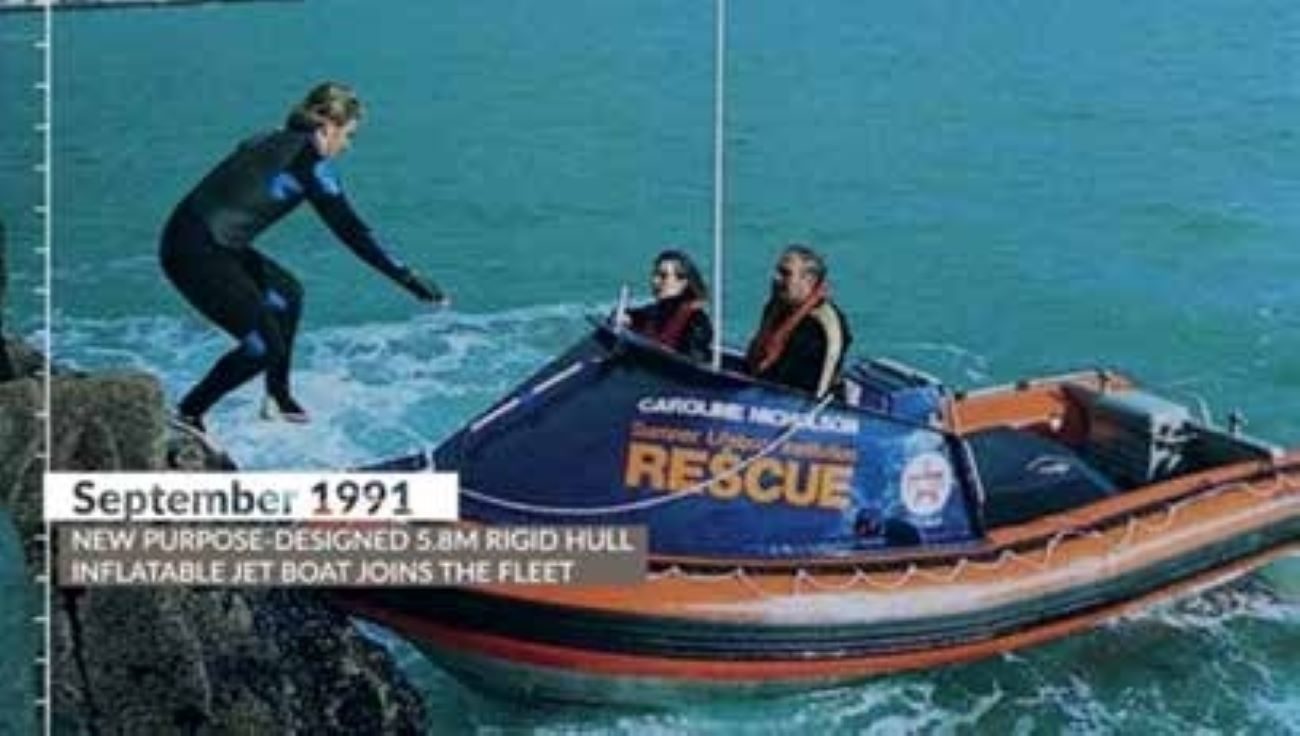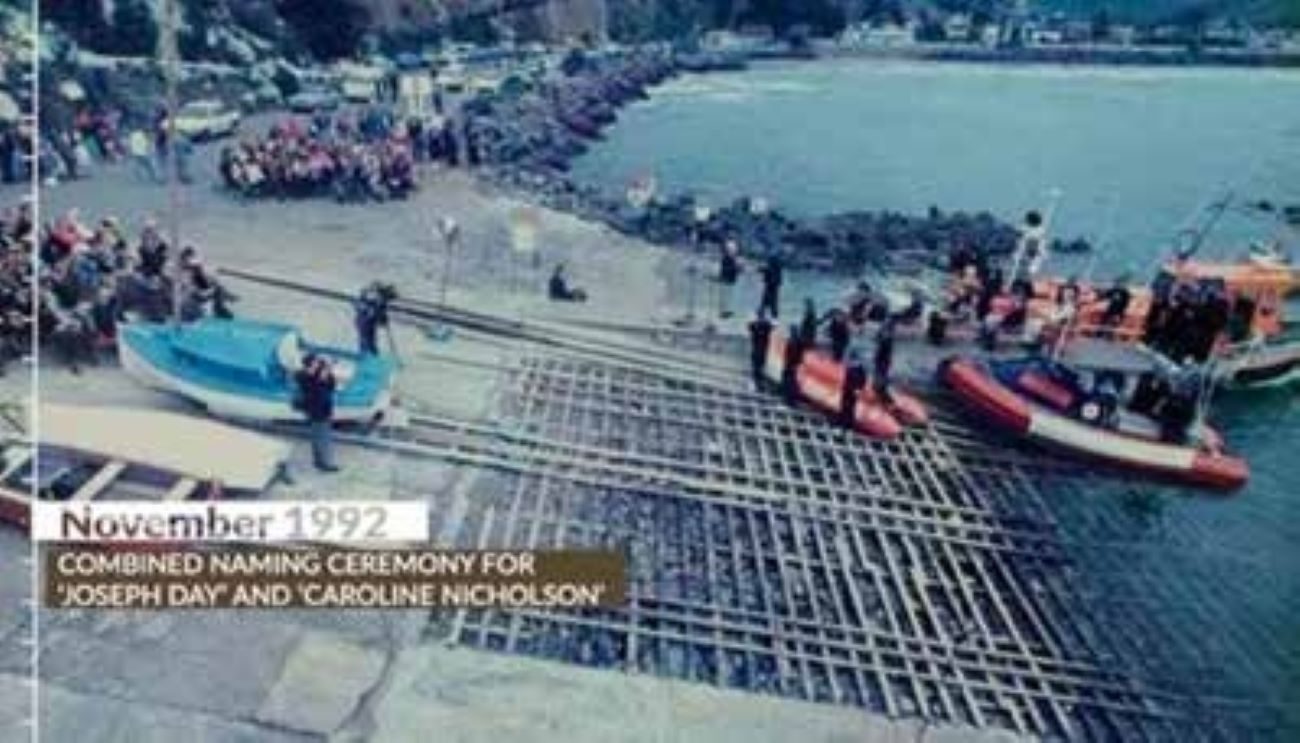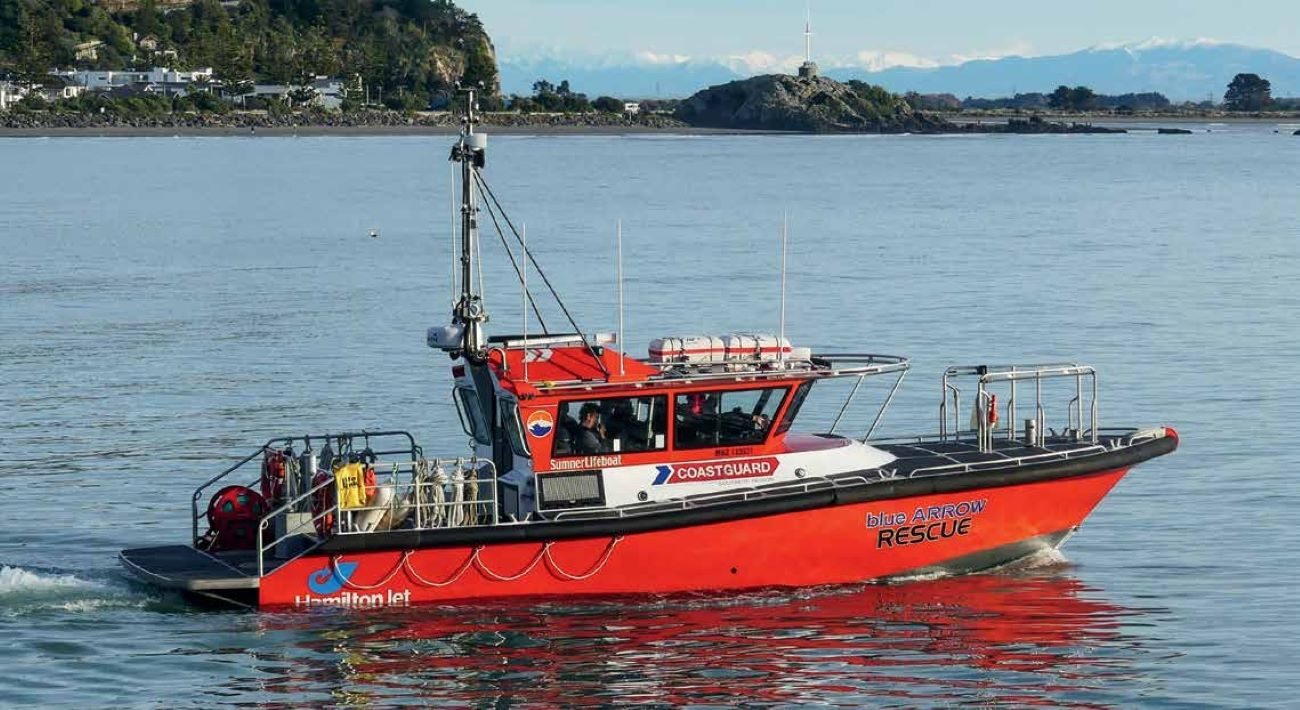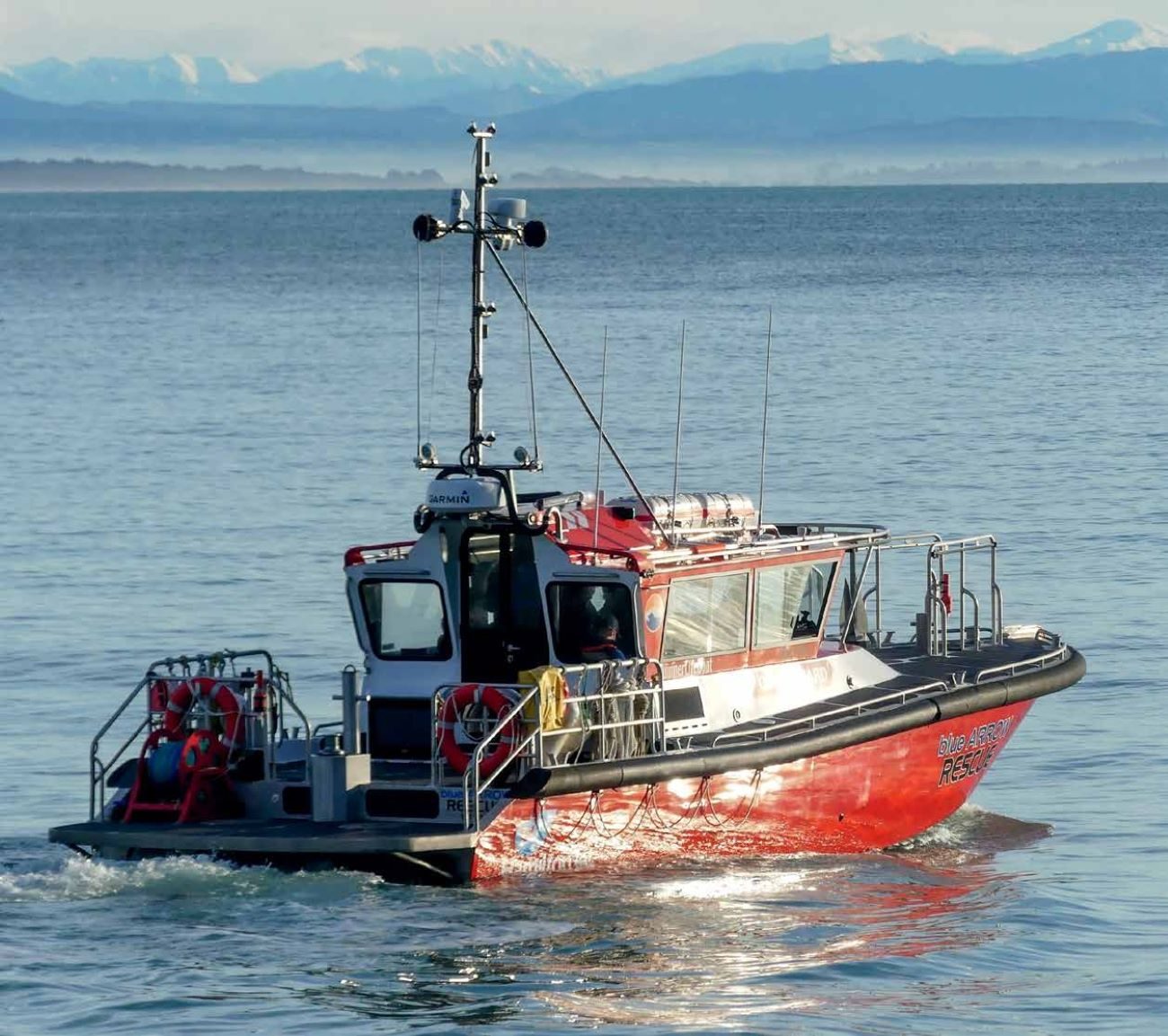

One of New Zealand’s oldest search and rescue institutions, Sumner Lifeboat/ Coastguard Sumner is celebrating 125 years of outstanding service.
Built by and for local communities, committed volunteers across three centuries have saved the lives of thousands of people in the UK and New Zealand. Sumner’s close-knit family remains one of Coastguard’s leading units, both for on-water activity and how it engages and works with its community.
In 2022-23 alone volunteers contributed more than 4,000 hours to the unit, responding to 39 calls for help and bringing 46 people home safely.
Says Coastguard Sumner president Blair Quane: “As the country’s oldest marine-rescue organisation our unit has seen incredible change over the last 125 years. Today’s volunteers are dedicated to continuing our proud history of innovation and committed to bringing people home safely.
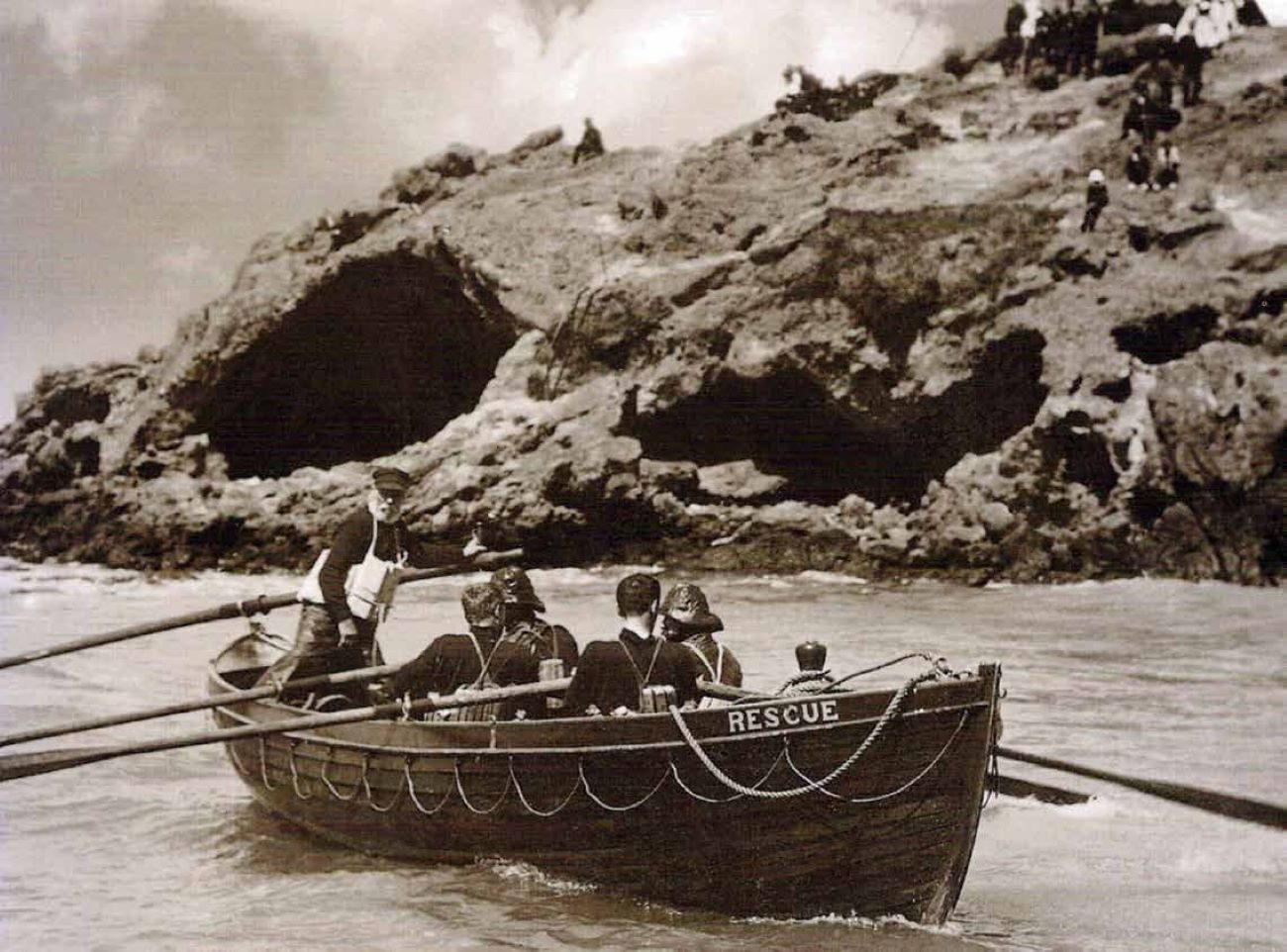
“We thank everyone in the Sumner community who has supported, volunteered and donated to the organisation over the years. Innovation is at the heart of Sumner, so here’s to another 125 years of transformation – continuing to save lives at sea and keeping volunteers safe.”
Coastguard New Zealand CEO Callum Gillespie congratulated everyone involved at Sumner for their contributions over the years.
“As we all know too well, time never stands still, and nor does Sumner. Values like innovation, community, commitment and loyalty have been passed down the generations and it’s fantastic to work with a unit that values its people so highly. Sumner truly stands as a beacon at the top of New Zealand maritime search and rescue history.”
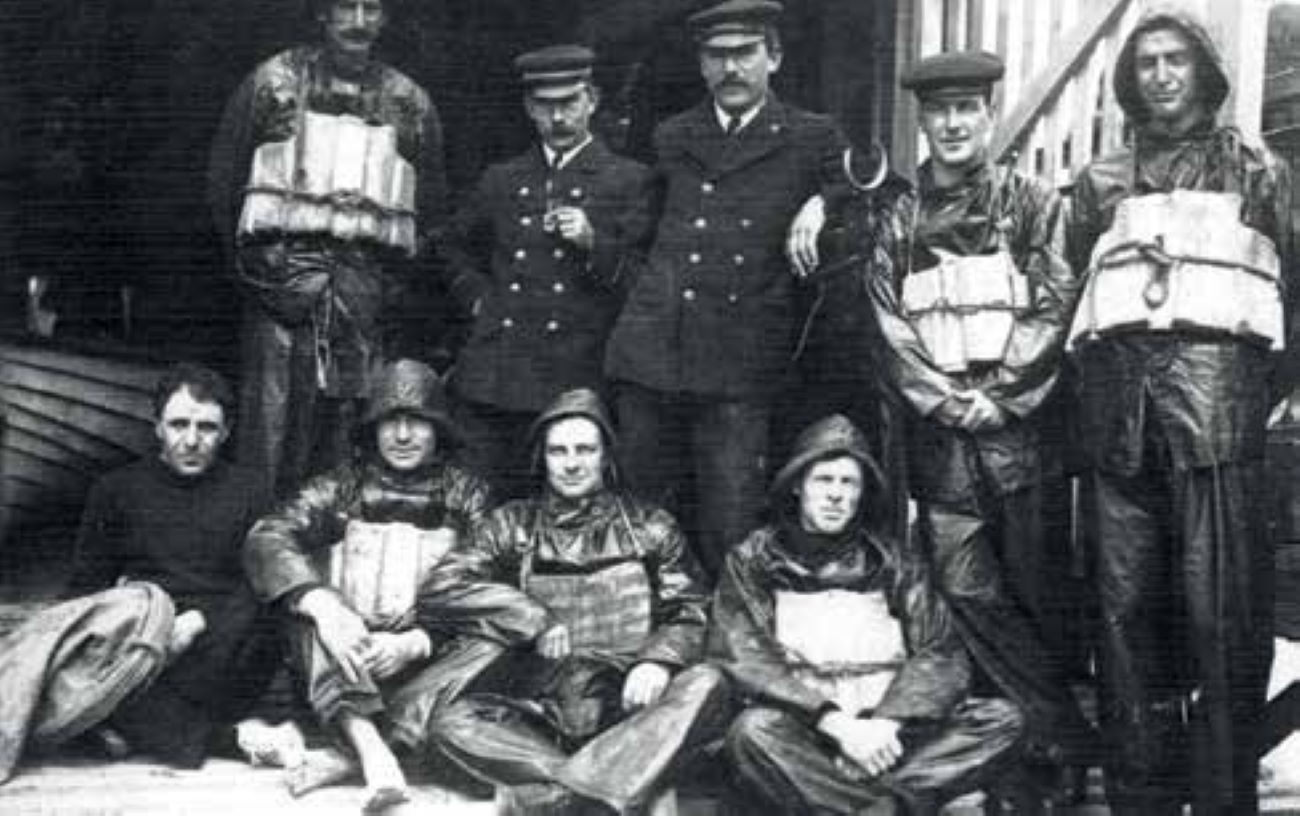
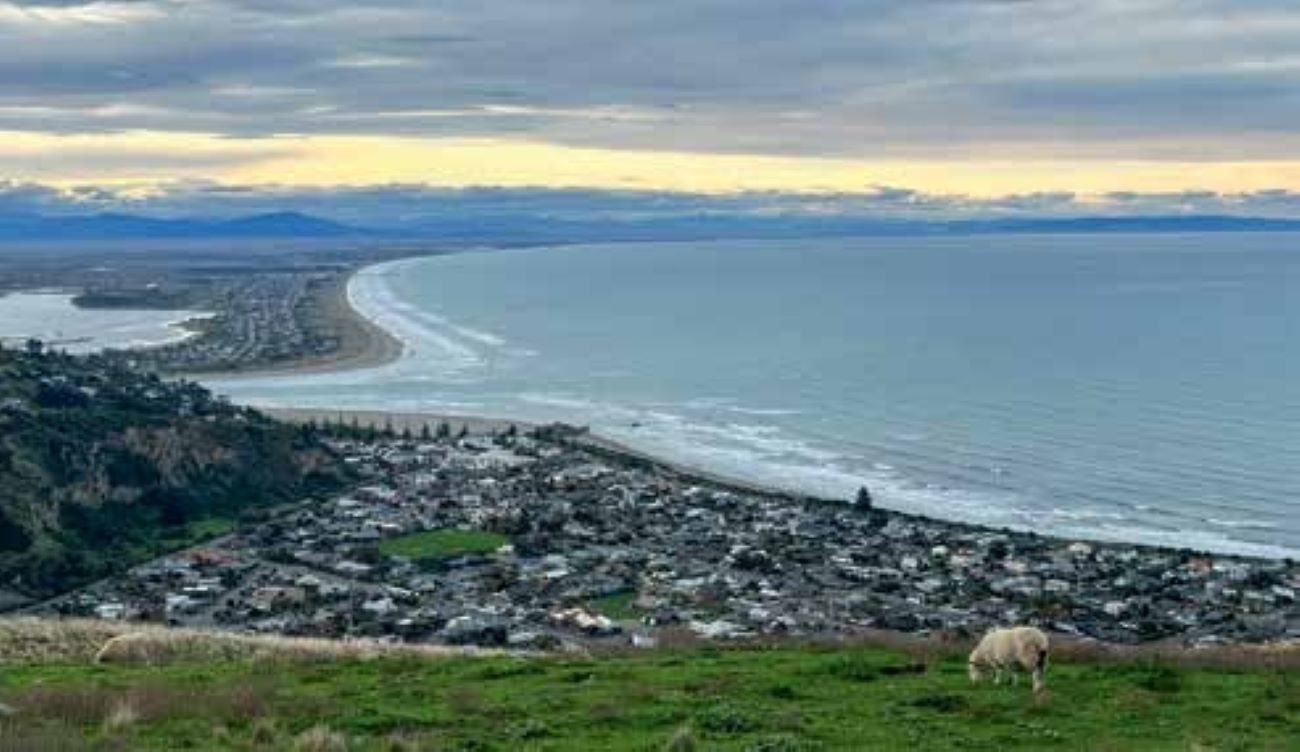
BEGINNINGS
Volunteer rescues at Sumner date back to 1864 when William Henry Turner was appointed the first pilot for the Sumner Bar. During his tenure Turner recruited a volunteer four-man, pilot boat crew, successfully undertaking five rescues over the 1864-65 summer.
One of the group’s most notable figures, Joseph Day, took centre stage from 1867 to 1897. He led numerous daring rescues with scratch volunteer crews, utilising both a dinghy and a large boat. By the 1890s the crew consisted mainly of Day, Charles Phillips, James Williamson, C. Dunn and Joseph Hines. Collectively they saved many lives.
Day’s heroic actions didn’t go unnoticed. In September 1875 he was honoured by the Royal Humane Society of England with an Honorary Testimonial for saving the life of a 14-year-old boy who’d been tipped from a capsized boat near Sumner in January 1875.
Sumner received its first dedicated lifeboat in 1898 with the launch of Rescue. The 25-foot clinker-built rowing boat (with Coxswain Joseph Day on the helm) was funded by the Lyttelton Harbour Board. The Sumner Lifeboat Institution was officially established a few years later.
With time new vessels were introduced – among them the 15-foot clinker-built, four-oared lifeboat Aid, launched in February 1909. The transition to motorised vessels began in 1930 with the launching of Rescue II – a 30-foot lifeboat built by Whites of Cowes in England.
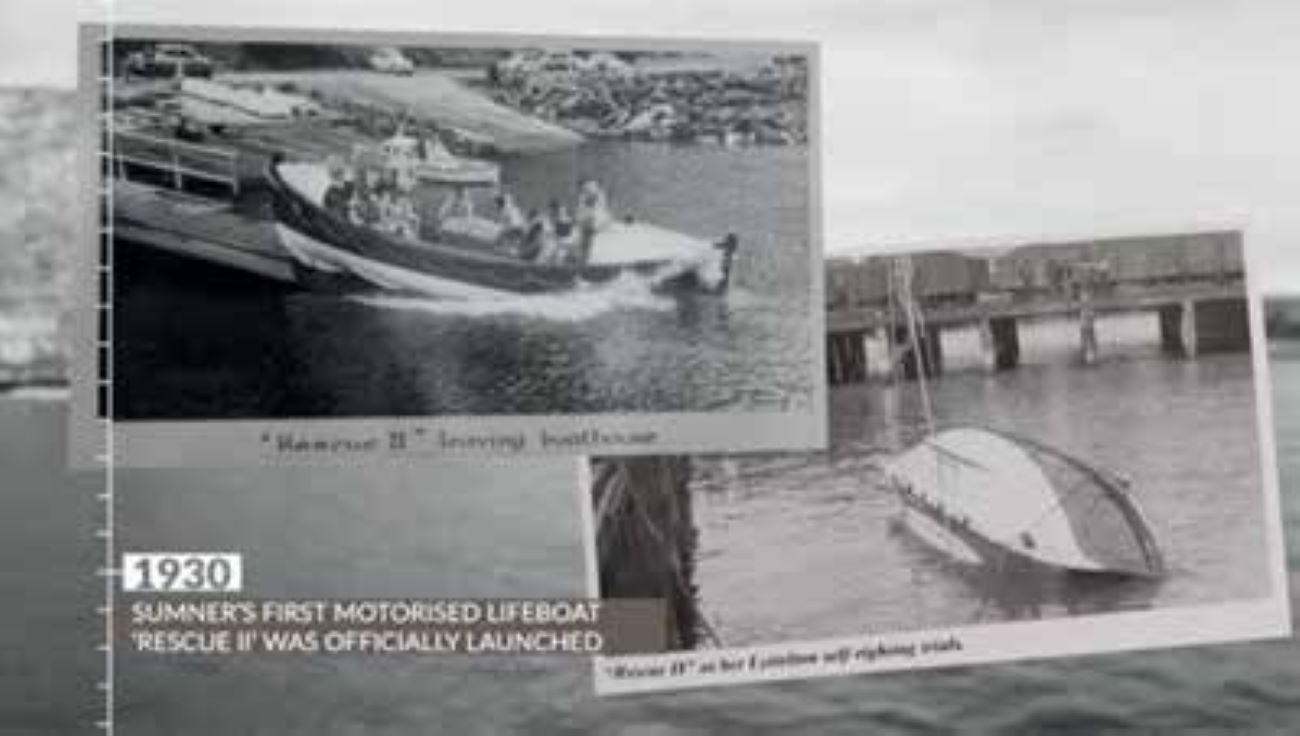
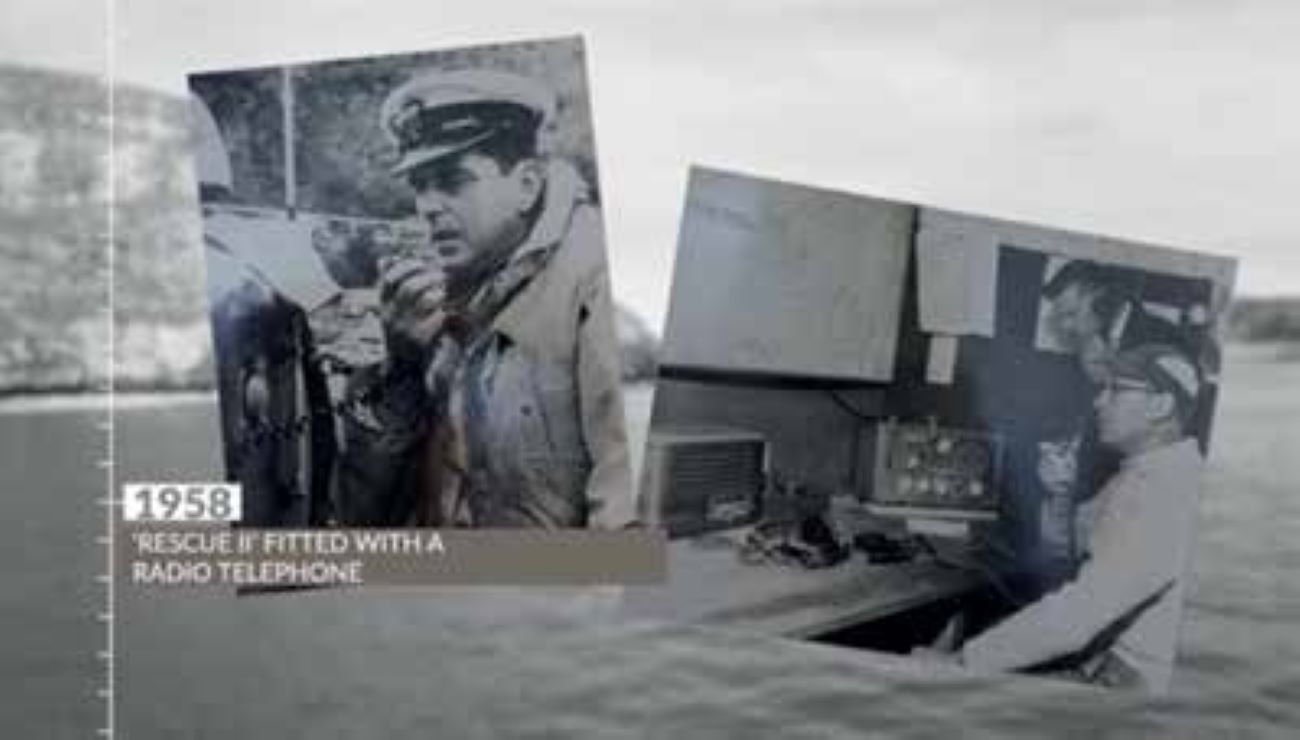
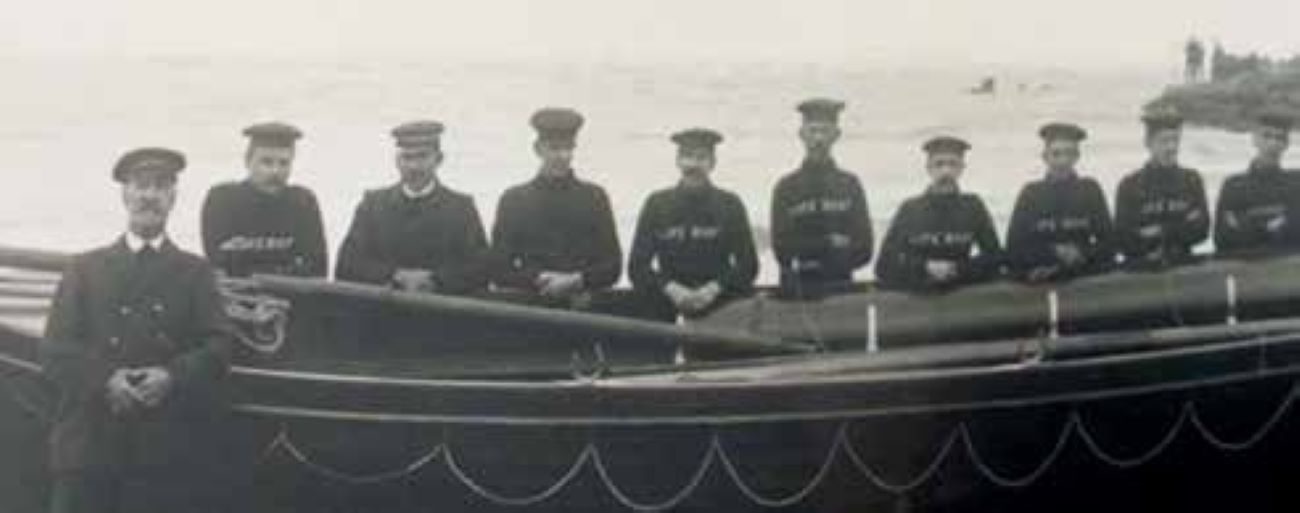
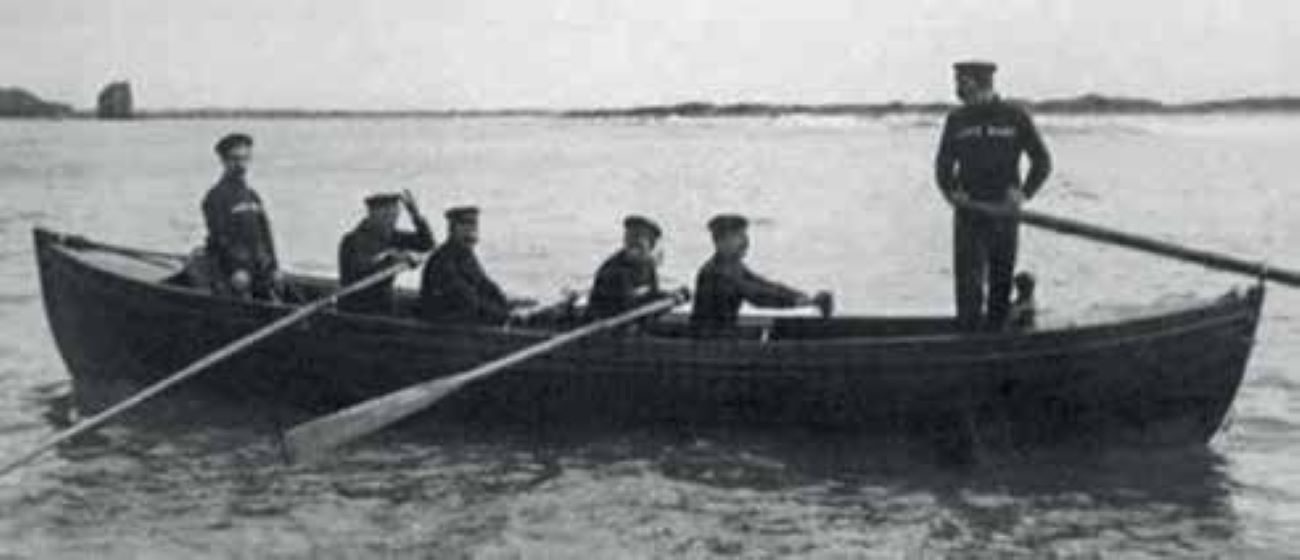
NEW TECHNOLOGY
Upgraded rescue vessels arrived over subsequent decades, integrating and embracing the technology of the day. In 1958 Rescue II was fitted with a radio-telephone for the first time, allowing enhanced communication with other rescue agencies and those on shore.
In the 1970s the recently-developed jet boat technology was identified as particularly suitable for inshore rescue vessels, which operate in shallow seas and surf conditions. During the same period Sumner became one of the founding members of Coastguard New Zealand.
The unit later switched to purpose-built rigid hull inflatable jetboats, PWCs and offshore rescue lifeboats. The first PWC was added to the fleet in 2005 – equipped with a rescue sled for surf retrievals.
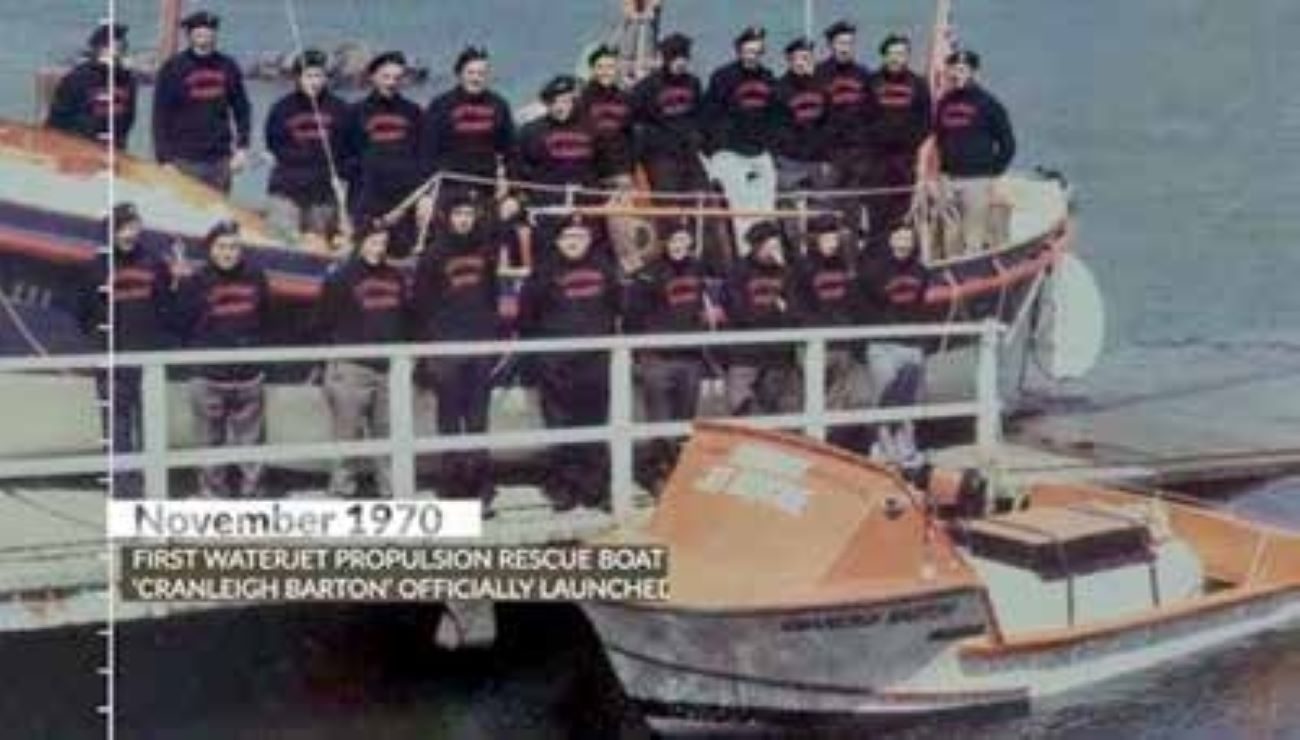
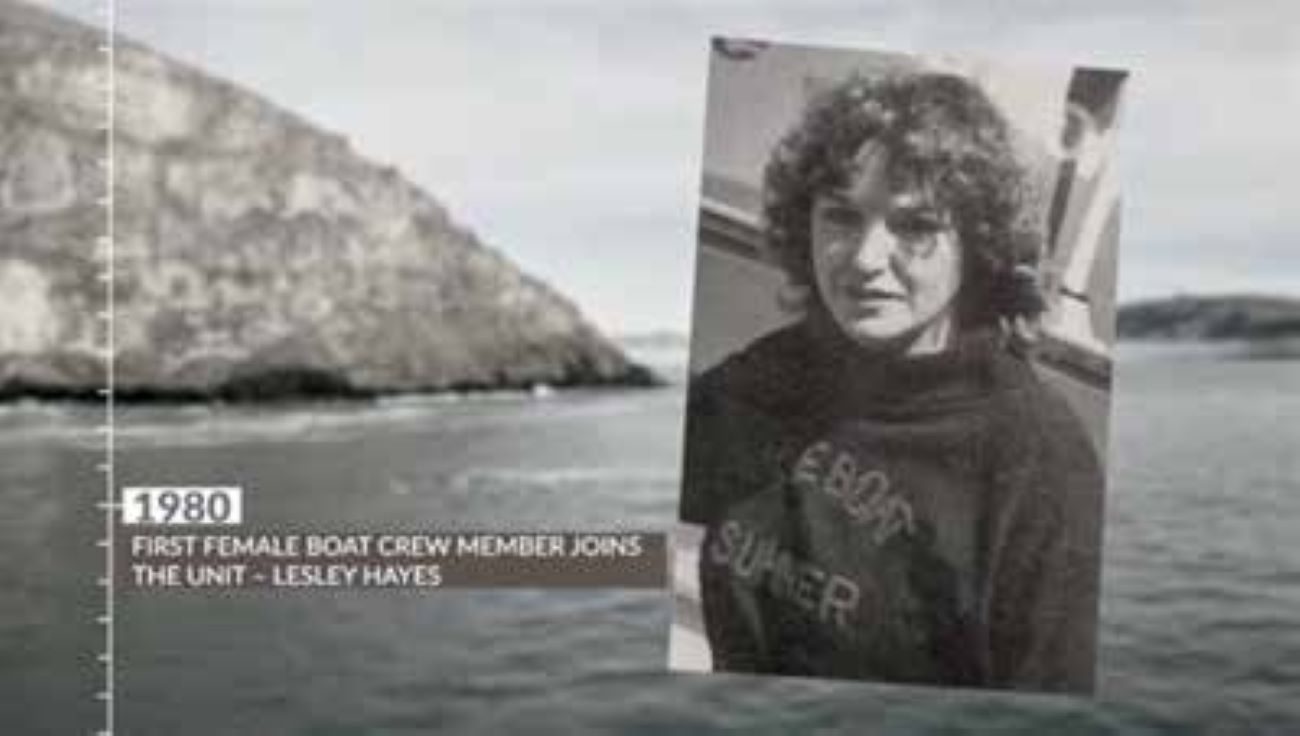

Blue Arrow Rescue was launched in 2010. A 12.5m allweather rescue vessel, she’s equipped with twin jet units and was designed to meet the future needs of Coastguard Sumner. Her state-of-the-art systems include radar, sonar and infrared camera sensors. Capable of venturing beyond the edge of Pegasus Bay, Blue Arrow Rescue has participated in numerous rescues over the past 13 years.
In recognition of its exceptional service, Sumner received the Rescue of the Year Award at the 2022 Coastguard Awards of Excellence. Of particular note was the rescue of a hang glider pilot who’d crashed into the bottom of the cliffs at Whitewash Head.
This operation was notable not only for the successful rescue of the injured casualty from a very tricky location – he was first attended by volunteers and then evacuated by helicopter – but also for the safe extraction of crew by sea in rapidlydeteriorating conditions.
Coastguard New Zealand congratulates Sumner on its achievement and thanks everyone who has been involved in this community over the years.
Here’s to another 125 years! BNZ
